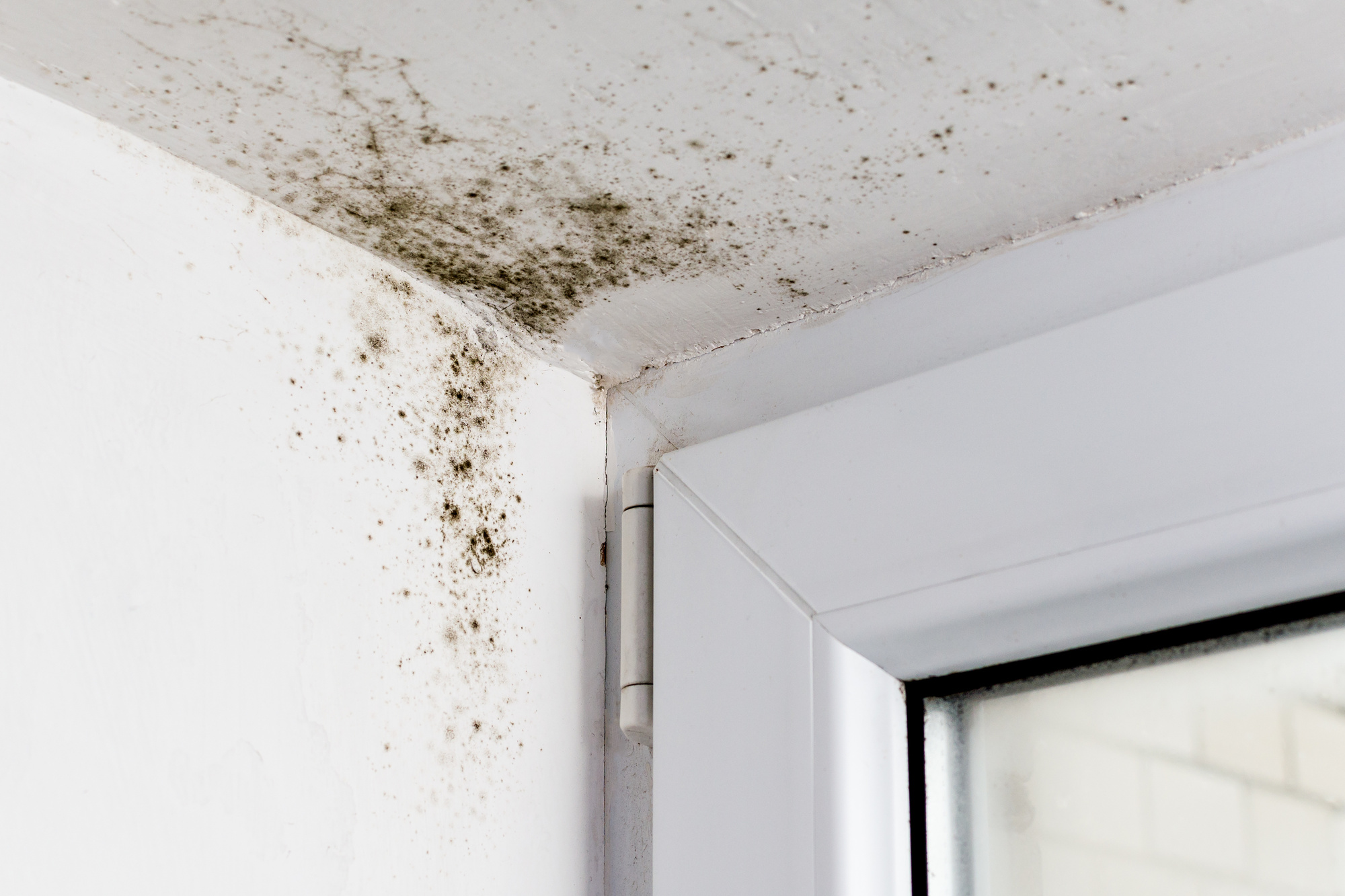Does your child experience toddler itchy skin at night, or have you noticed some red patches appearing on your baby’s skin recently? If so, you may want to make an appointment with your pediatrician and ask whether your child has eczema. Eczema is a common skin condition that generally results from a weakened skin barrier and produces itchy red rashes that can be irritating and, in some cases, even become infected. Even if your child is otherwise in good health, is eating properly and is taking an organic baby multivitamin, they may still be vulnerable to developing eczema, which is not uncommon during childhood. The good news is that eczema is often fairly straightforward to identify and can be addressed using several key remedies. Take a look at the basics of identifying baby and child eczema, and how you can start addressing the symptoms right away.
Several Factors Could Cause Eczema in Your Baby or Child
The precise causes of eczema are still a matter of debate in the scientific community, but there are several factors that could raise your child’s risk of developing this skin condition. These factors could potentially include:
- An inadequate amount of filaggrin protein in their skin, which prevents their skin from properly keeping out irritants and retaining water
- A genetic predisposition to eczema that runs in the family, or a predisposition to similar conditions such as seasonal allergies or asthma
- A triggering surrounding environment
Common Symptoms Include Itchy Red Rashes and More
Perhaps the hallmark sign of eczema is itchy red rashes or patches of irritated, flaky skin. While you may be able to address these rashes with some Wellements organic baby products, you’ll want to identify the symptoms properly to ensure your child is dealing with eczema and not another skin condition. Here are the most common symptoms to watch for.
- Dry, itchy red rashes
- Outbreaks on the face, especially around the mouth and on the forehead, near the eyes, or on the elbows and backs of the knees
- Irritated skin in one spot or even all over the body
- When infected, rashes that are yellow in color, weeping or crusty and that contain pus or blisters
Try One of These Common Remedies To Help Soothe Your Baby
If you believe you’ve identified eczema on your child, there are several simple and common remedies you could use to help soothe the little one. Whichever remedy you choose, make sure to be extra gentle with the affected areas to avoid irritating them further. Some common ways to address itchy patches of eczema include:
- Bathing with a skin-soothing cleanser
- Keeping skin adequately moisturized to prevent dryness
- Wet wrap therapy to help calm itchiness and lock in topical medications
- Topical treatments, including several over-the-counter options
- Age – some children may outgrow eczema as they get older
Noticing early signs of eczema in your baby or child can feel alarming at first, but the good news is that this common condition can be treated with the right remedies. Ultimately, understanding the symptoms to look out for and knowing how to address them can help you stay prepared in case your child develops this skin condition.









